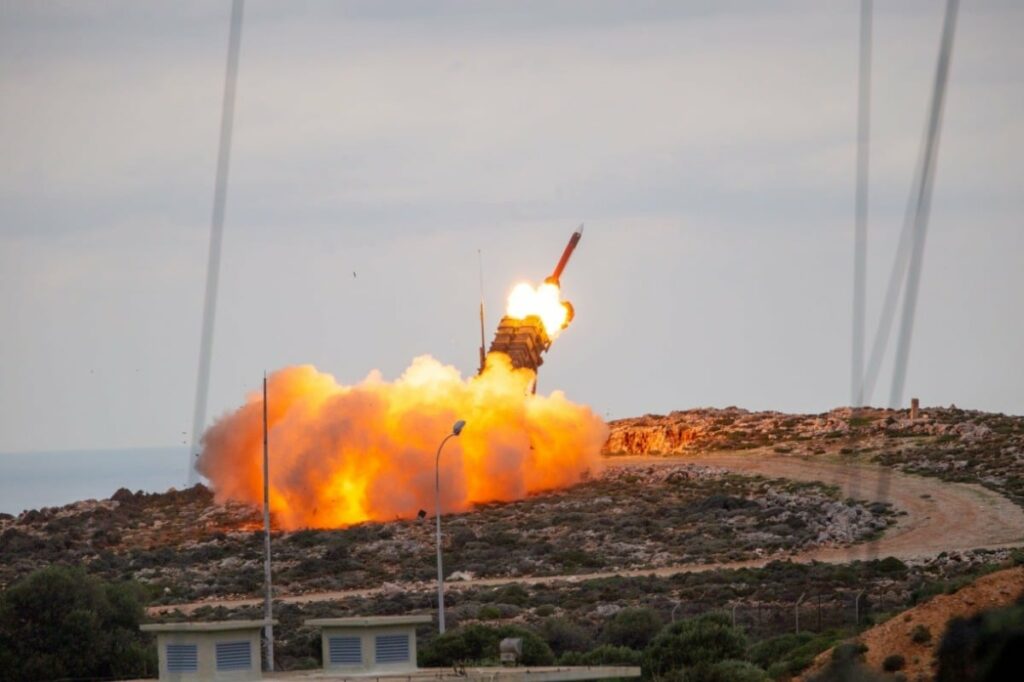During the past few weeks, American troops in Europe have been conducting numerous conventional and special operations exercises throughout the continent.
From Italy to Greece to Belgium to Sweden to Romania to Norway, American troops have been training with European and NATO allies, displaying a readiness for every threat that might come from the east.
The different exercises included testing air defense capabilities with the MIM-104 Patriot surface-to-air missile system in Greece, artillery shooting with the High Mobility Artillery Rocket Systems (HIMARS) in Romania, airborne training in Italy, special operations training in Sweden, and arctic warfare exercises in Norway, among other events.

“The versatility and resilience of our forces and the militaries of our European Allies and partners are undeniable,” said U.S. Army Brigadier General Richard Lebel, the deputy director of operations at the U.S. European Command, in a press release. “While we smartly and deliberately take all necessary health protection measures to protect our forces and the communities in which we operate, our commitment to remain ready, relevant and responsive never wavers.”
After a slight decrease in importance because of the focus on the Middle East, Europe is once more becoming relevant to the Pentagon. The strategic shift towards Great Power Competition that was outlined in the 2018 National Defense Strategy calls for combatting Russian overt and covert influence. Europe is the natural place to do so, especially on the fringes of the continent, like the Baltics.

“While each of these exercises and operations dramatically demonstrated our collective conventional and special operations abilities to defend every region across Europe, logistics played an instrumental role,” added Navy Captain Jeffery Rathbun, the command’s division chief of logistics, plans, exercises. “From quickly moving forces and delivering the full complement of military equipment and vehicles that allowed those forces to be so effective, logistics was front and center.”
In addition to the combined training events, the US Air Force flew two B-52 Stratofortress bombers over Europe. The aircraft took off all the way from Minot Air Force Base in North Dakota, but one had to divert to the United Kingdom for non-emergency maintenance. During the flight over Europe, the remaining B-52 was escorted by Norwegian and Greek F-16 fighters.
But, as the numerous exercises across the continent showed, logistics is key. In the case of a conflict in Eastern or Northern Europe, it will take some time for reinforcements to arrive. It is thus essential to practice the ability to rapidly deploy forces and properly supply them. Tanks, armored personnel carriers, helicopters all need ammo and fuel. To be sure, there is nothing cool about that aspect of the job, but it is what keeps the machine going.


